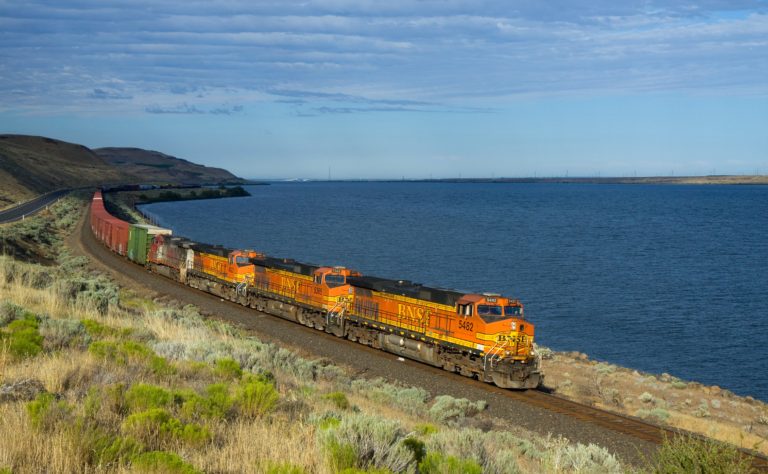

What approach should rail operators adopt to enhance the functionality, safety, and reliability of their train operations? It is the rail signaling and train control systems. Its main purpose is to prevent train collisions, monitor the movement of trains on tracks, divide tracks into segments known as blocks, into several sections. Without signaling systems, far fewer trains could move through each block. It forms the part of the foundation of efficient and safe operations, limits train speeds, and to automatically stop trains when required for safety.
Modern signal systems can be thought of as a pyramid, the first level of which is the trackside signals of automatic block signal system. The next level of the pyramid is cab signals, which duplicate the indications of the trackside signals. Like trackside signals, cab signals are not designed to take control of the train if the engineer fails to do so. The third level of the pyramid is automatic train control (ATC), which automatically slows or stops the train if the engineer fails to comply with speed reductions required by the cab signal.

The ARC research addresses the technological innovations in the rail signaling space, and the global megatrends driving the rail transportation market. These include a global increase in urbanization, which ensures demand continues to grow. Urbanization creates a growing demand for infrastructure, rolling stock, and integrated signaling, particularly in the emerging countries. With the increasing awareness of the negative effects of greenhouse gas emissions, the industry is moving to electrify trains and make them more efficient. Regions are trying to combat their dependency on oil and reduce their carbon emissions. As a result, rail operators should strive to improve capacity. One solution is Communications Based Train Control (CBTC) systems which increases the utilization of existing rail infrastructure. Signaling systems control the movement of a train by remotely adjusting train speed and braking. More traditional signaling systems were based on RFID along the train track, but wireless train-to-ground signaling is becoming more popular in both railroad and metro systems.
As train travel options increase and railway operators seek to maximize capacity, there is an increased need for secure, reliable and fast-paced network connections between moving trains and ground systems. New rail technologies like driverless trains are bringing added safety, capacity, and reliability to the railways, making rail travel even more attractive and competitive with other transport modes. The railway signaling industry has experienced strong growth during the five-year period. When demand for rail transportation increases, railway signaling system manufacturers experience growth and ARC expects the rail transportation industry will continue to grow through 2017 and beyond.
The rail signaling industry is witnessing extensive investment, as its offerings are considered a first step to running a profitable railway line. Governments in developed countries responded to the economic downturn late in the last decade by making stimulus investments in infrastructure, including rail transport, while emerging countries are also experiencing economic growth and are equally dependent on government spending.
Increasing standardization of rail signaling solutions is one of the most important trends impacting the market today. Standardization allows suppliers to develop core, standards-based global architectures that both enable the interoperability necessary to meet local safety requirements and provide a common, reliable platform for building local solutions. ARC Advisory Group has recently published a new comprehensive global Rail Signaling and Train Control Systems Market Research study. This ARC market study discusses the current market performances, related technologies, business trends, leading supplier profiles, and provides five-year global industry and regional forecasts from 2017-2021.

